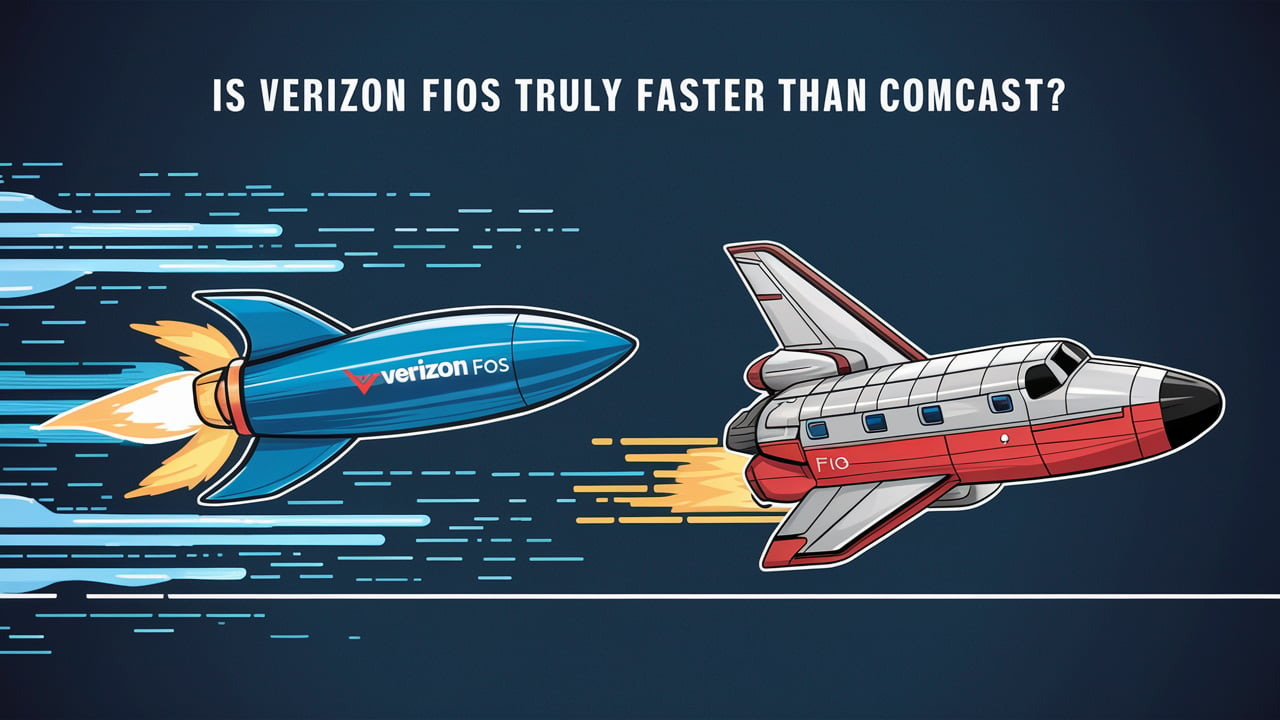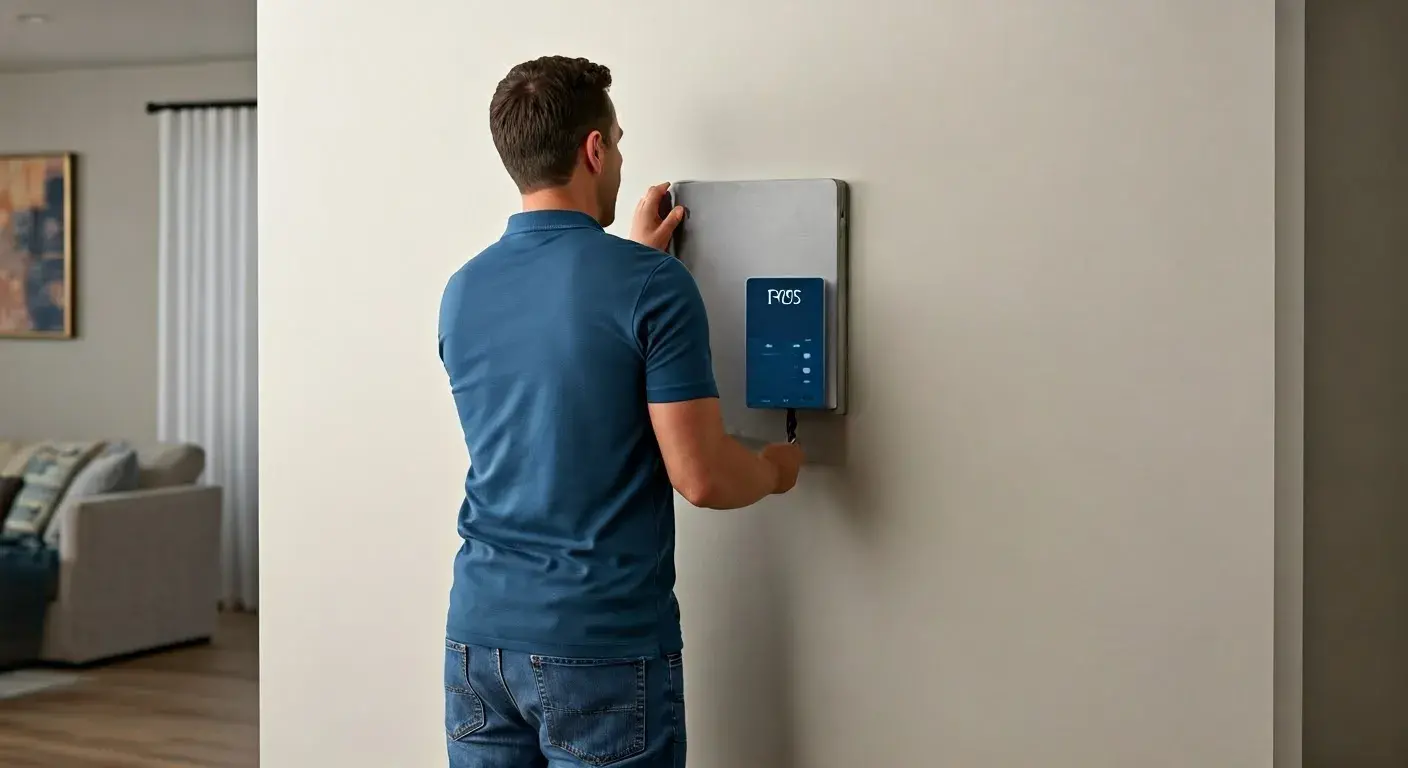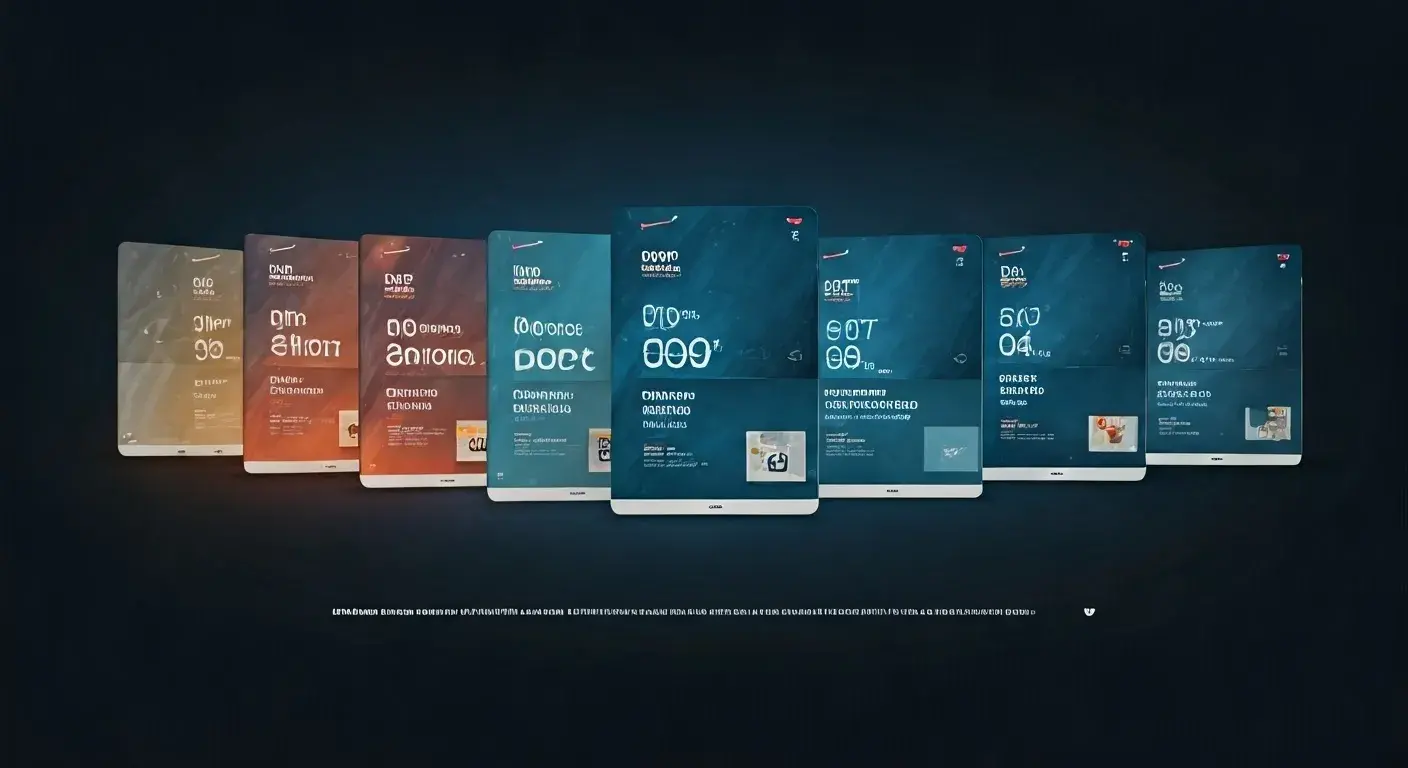
Verizon Fios or Comcast: Which is Faster?
When it comes to home internet services, there are more than a few choices, including two giants: Verizon Fios and Comcast Xfinity. The two entities provide broadband fiber optic and cable internet services to households throughout the country. However, if we are to compare the two strictly on internet speed, does Verizon Fios offer a better speed than Comcast?
What is Verizon Fios?
Verizon Fios delivers connections through fiber optic to homes and offices directly. Fiber optics relay information through light pulses along thin strands of glass or plastic and provide extremely high speeds and bandwidth.
Verizon provides a choice of speeds and packages with Fios internet with download speeds up to 940 Mbps and uploads up to 880 Mbps. Their gigabit plan provides internet speeds of up to 940 Mbps download and 880 Mbps upload. Their basic package offers a download speed of 100 Mbps and an upload speed of 100 Mbps.
What is Comcast Xfinity?
Comcast Xfinity uses coaxial cables for internet delivery, which utilizes copper wire and fiber optic nodes. The fiber optic nodes aid in increasing velocity so that Xfinity may be able to provide fast cable broadband connections although the fiber optic cables do not have to be laid to the residences.
The fastest internet plan in Xfinity is the Gigabit Pro, with download speeds of up to 2 Gbps and upload speeds of 2 Gbps. Nevertheless, it is worth mentioning that Xfinity provides more often plans with the max possible download speed that can reach from 100 Mbps to 1.2 Gbps. Upload speeds vary from 5 to 35 Mbps on most plans offered by internet service providers.
Check upload & download speeds
However, when it comes to raw internet speeds, Verizon Fios is slightly ahead of Comcast Xfinity, particularly when it comes to upload speeds.
The fastest Fios plan provides 940/880 Mbps, while Xfinity is at about 1.2 Gbps down and 35 Mbps up on their basic packages. What is more, Xfinity’s Gigabit Pro service does provide the symmetrical connection speed of 2 Gbps, yet the coverage area remains incredibly scarce.
In practical use, 940 Mbps down and 880 Mbps up is insanely fast and not that far off from a full gigabit connection. Unless you have several people downloading 4K video at the same time, most probably you won’t feel any difference in speed.
The greater benefit is that Fios has a higher upload speed compared to the download speed. Their top speed of 880 Mbps is significantly higher than Xfinity’s 35 Mbps. Upload speeds matter a lot for activities such as video calls, online games, and file sharing among others. Fios presents superior speeds for symmetrical applications.
Verizon Fios also has higher base speeds to start with in their assortment of plans. Their basic package offers 100 Mbps for both download and upload speeds, while the Xfinity basic package entails 25-100 Mbps download and 5-10 Mbps upload.
Information on the Technology That Makes the Speeds
As stipulated earlier, the kind of connection and infrastructure utilized have a significant bearing on internet speed for the two providers.
Verizon Fios uses fiber optic technology for data transmission, which provides virtually limitless bandwidth and the highest speed. Fiber internet can be considered as one of the most effective means of transmitting data due to its speed and stability.
Comcast uses a fiber-coaxial system as its infrastructure of delivery. They do employ a certain amount of fiber optic cabling, however, the last link to the specific residences is still made with the older coaxial cables. These copper coaxial lines cannot transfer data at the same speed as 100% fiber optic connections right from the start to the endpoint.
Reliability Differences
Besides the issue of speed, the all-fiber network of Verizon Fios generally offers a more reliable connection as well. Unlike cable internet which is transmitted over coaxial lines, fiber optic internet experiences much less signal attenuation over distance.
Fios also has a dedicated line from the terminal to the customer and offers full-bandwidth connectivity to each home. Comcast nodes are clustered and currently, have 200-500 customers in many areas, which means your neighbors become active and their usage affects your speed, especially during peak hours.
Fiber optic technology also known as Fios also makes their network more future-proof. Unlike coaxial network upgrades, which entail having to install fresh cables to every home, Verizon can increase speeds for all Fios clients by changing out the hardware on either end of the fibers.
Availability
The last factor that can be considered when comparing these two providers is availability. Although they are the two leading internet providers in the country, they have different service areas.
Verizon Fios has concentrated its network on the Northeast and Mid-Atlantic areas. Major Fios states include New York New Jersey Pennsylvania, Delaware, Maryland Virginia, Massachusetts, and Rhode Island.
Comcast Xfinity has been focusing more on the states in the South, Midwest, and West regions. Their largest markets include Florida, Georgia, Illinois, Indiana, California, Colorado, and Washington.
Thus, in many areas, you are likely to find that the option is chosen for you. If you are lucky enough to have both as choices, then I hope this breakdown has helped get an idea of how they compare when it comes to the internet and performance.
To summarize, though Comcast Xfinity is not slow at all, Verizon Fios is the better choice in terms of speed, latency, and the use of fiber optic networks. Since Verizon Fios is a pure fiber optic service, it can outcompete cable providers when it comes to internet speed.
Call (844) 967-4555 to get a new Verizon Fios connection now!
Read More:
What is Verizon Fios Internet?
How to Change Verizon Fios Wi-Fi Password?
How to Reboot a Verizon Fios Box?
How to Reset a Verizon Fios Box?
How to Restart Verizon Fios Box?






